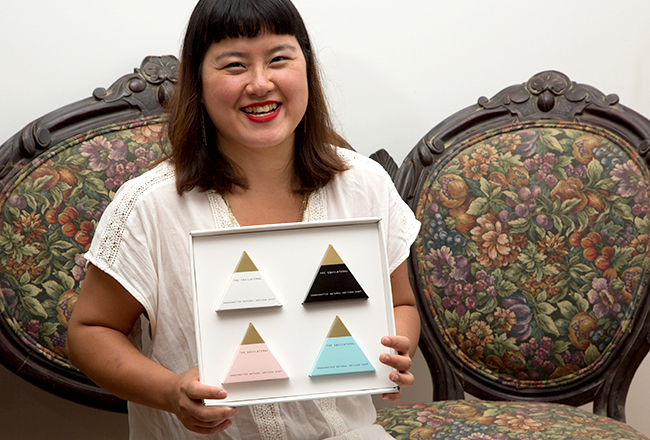
KaKyung Cho gets pumped about soaps in her cozy workspace in Newburgh, New York; photos by Rachel Orlow
Some 60 miles north of New York City, Newburgh, New York, sits quietly on the western bank of the Hudson River. To some, the name of the city is synonymous with a rough history. For others, it evokes vistas of riverside streets lined with 19th-century mansions, many mere blocks from abandoned homes. To a growing group, however, it’s become a refuge—a place that celebrates local creators, welcoming artists and entrepreneurs into a vibrant community of like-minded folks.
Enter KaKyung Cho, one of many makers who’s forging a home for her business in a newly renovated space in Newburgh. Like the duo behind design firm and longtime Brooklyn fixture Atlas Industries, KaKyung is a recent transplant, still transferring operations from her kitchen in Williamsburg, where she first began crafting soaps with the aid of a rather unlikely household tool—her slow cooker.
As we saw when we visited KaKyung back in July, she does everything herself, from selecting suitable loofahs for her three-piece soap sets to assembling the boxes she uses to package her equilateral soaps, and she does it all in a beautiful space a stone’s throw from Newburgh’s notable historic homes. In her workshop, antique furnishings mingle with massive ferns, delicate crystals, and piles of snacks just begging to be eaten. (Whether said snacks are always there or KaKyung just happens to be a great hostess, we’re not totally sure.) Buoyed by calming vibes and friendly conversation, we munched on burritos, watched KaKyung hand-cut and package her soaps, and asked her a select few questions about what life as a maker in Newburgh looks like. Read on for more.
How did you first get involved in soap making?
I had a terrible skin under stress few years ago, accidentally bought a dead sea mud soap, and experienced amazing healing effect from it. Then I had to learn how to make it myself.
That soap really smooths you out. I had breakouts. And I was like, “This is a miracle.” And then of course, always, always, the movie Fight Club always comes in. The soap making scene. That lingered in my head, too, because that’s my number one movie. [Editor’s note: Watch at your own risk. This, too.]
Did you make soap for fun at first, or did you always want to start a business?
No, I was very serious about making it, but I was not sure if I could escape of the full-time job I had. Jackie convinced me I could, but then I had to realize that was not a very fast process. It takes time.
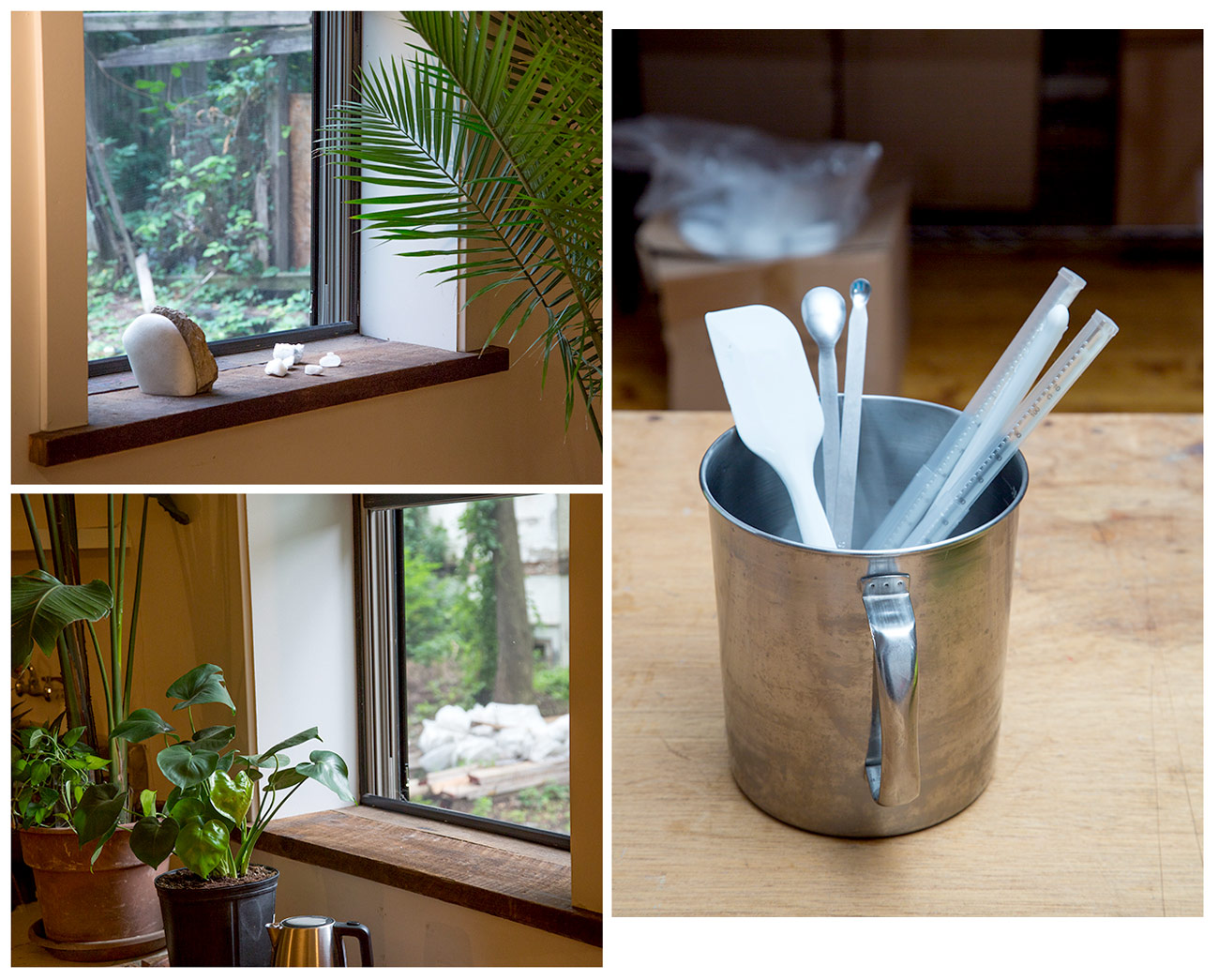
What are your most essential tools?
The stainless pitchers and spatulas, they are used in almost everything I do.
You design your own packaging, which is super cool. Where do you look for design inspiration?
Geometric shapes. Things [that] are simple and clear that do not go out of fashion over the time.
Did you go to art school?
I went to FIT. But I used to draw, always, every day, from six to five years old. I drew every day until 19, but then the reality kicked in. I had to study. Go to college. I never really studied and then, you know, I was always in the middle. I didn’t really worry too much. But then at the end of last year in high school, I saw myself making the last mark. I was the last one in the class, because everybody else was studying—not me.
In elementary school, I was tallest, then I stopped growing. I always sat in the back. And in the back, I’d draw.
What was the toughest lesson you learned as a young maker starting a business?
First year, I attended to two shows in Javits Center and spent all the loan money I had. Of course it was a good thing to expose myself as a new business in the industry, but at that stage, I wish I bought machineries instead. I realized it after three years, so it is lesson that took such a long time.
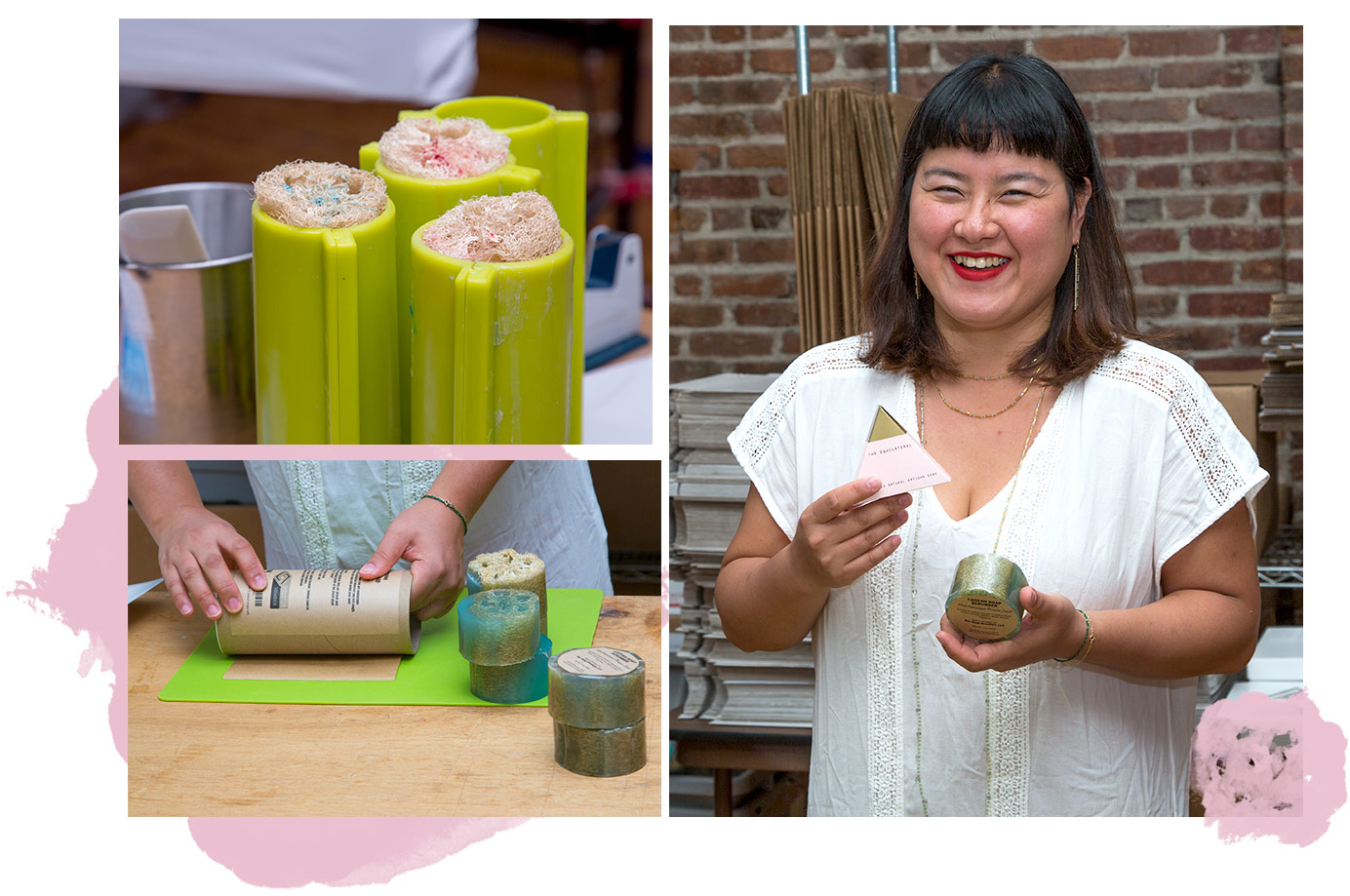
What advice would you offer the you of five years ago?
I might give financial advice [to be] careful with spending and plan much as possible before buying anything. As an artist or creative person, or just as a person who tries to come with a new product, it is very tempting to go and try anything and everything you can. [You] end up with lots of things you don’t use—at least not for immediate. It becomes stock and the money you could spend for something else might [be] more important.
When and how did you decide to move your space away from Brooklyn?
I have to say it is still half and half Brooklyn and Newburgh, or mostly Brooklyn yet.
Brooklyn is changing rapidly and the scene is different from 10 years ago. It is also very expensive to find a working space in Brooklyn with my budget. It came to a point when I need bigger space than my kitchen. My mother-in-law recently moved to Newburgh to be away from the 16 stories construction right by her place in Brooklyn. Newburgh is on Hudson River, [on the] other side [from] Beacon, where you can find the artists moved from Brooklyn, such as Atlas Industries, also Atlas Studio, who used to be in Gowanus, Brooklyn. I rented a space from them last year and it is amazing to see the art scene in Newburgh, how live it is. Brownstones are getting fixed and people are involved to make the city better. I love the lower rent but also love the sense of positive change. It is inspiring.
How do you set goals for yourself?
My goals are quite impulsive and short-term. It starts with an inspiration. When the inspiration kicks in, I move quickly.
I have principles but don’t set long term goals for my projects. For me, it has to be spontaneous and it is just in my blood.
What are some new skills you are trying to acquire to perfect your craft?
I recently signed up for class at Choplet ceramic studio. I ran away from it few years ago and came back to do something I felt I could not do—to pin point, for a spinning technique. I am sure ceramic work will inspire my soap work somehow.
How do you recharge your creativity?
I travel about two times year. You have to leave a scene in order to see it fresh. The recent one was to Thailand and it was awesome to smell Monoï [Tiaré] flowers!

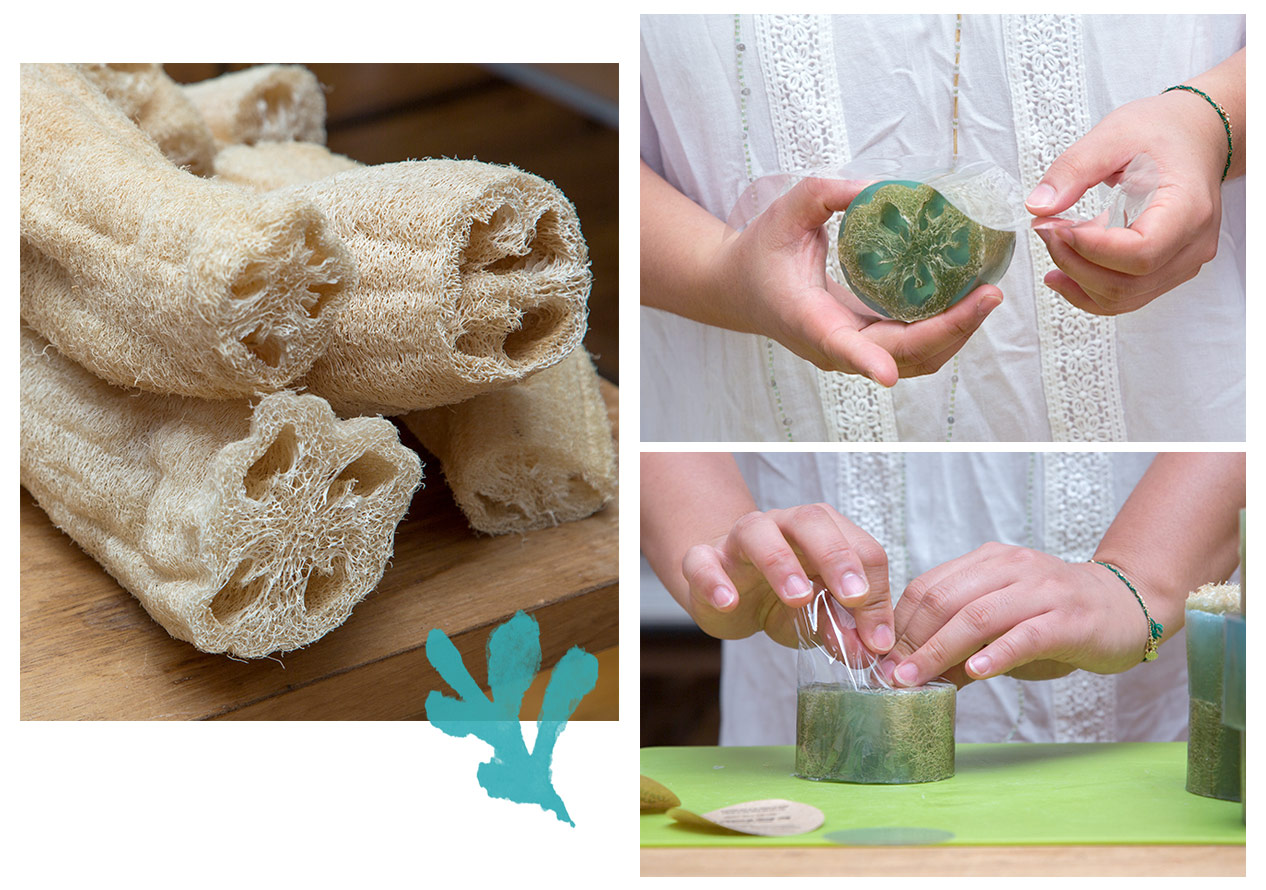
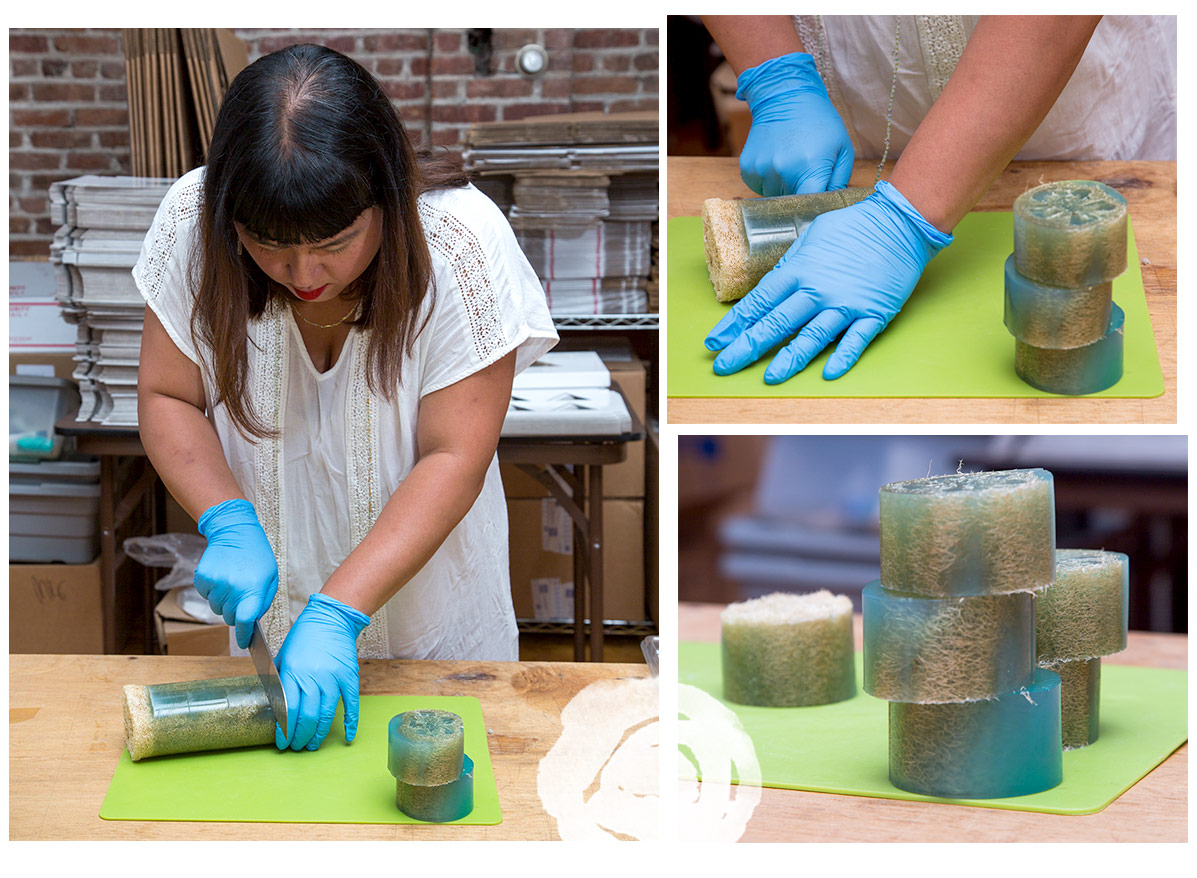
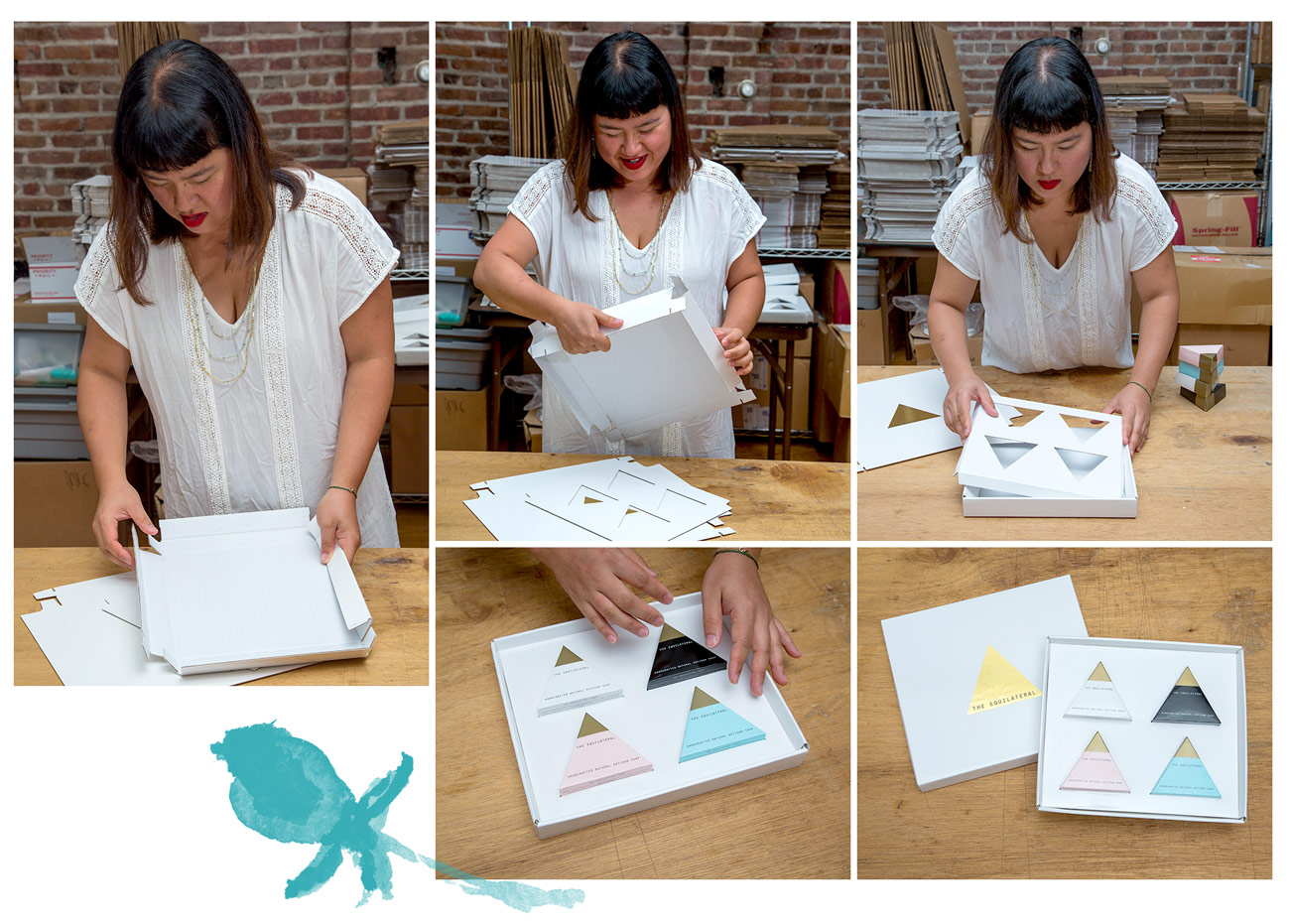
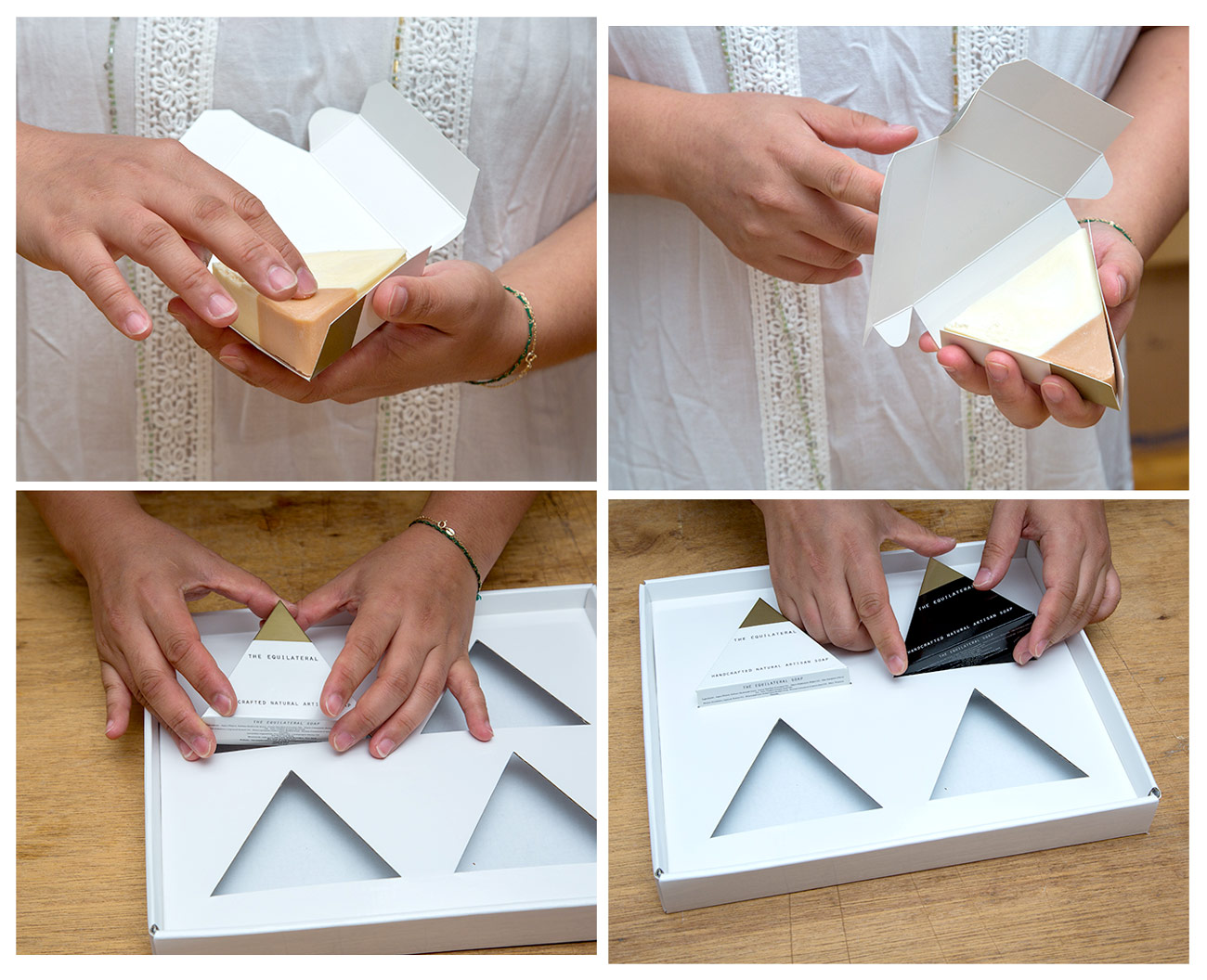
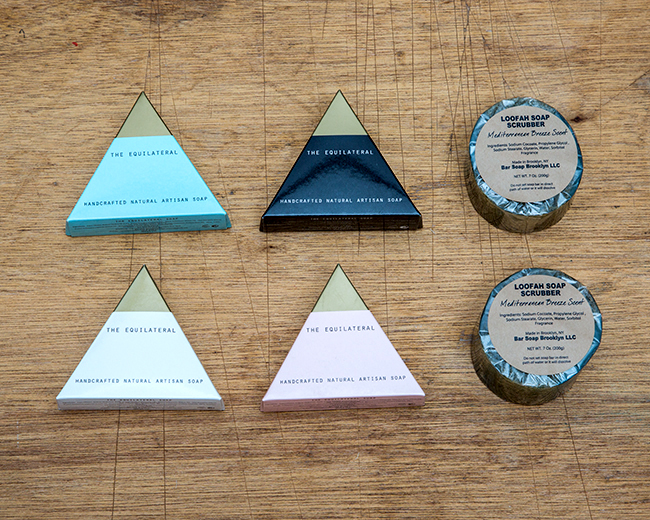

1 Comment
Your loofah soap looks fabulous! I grow beautiful, natural loofah!